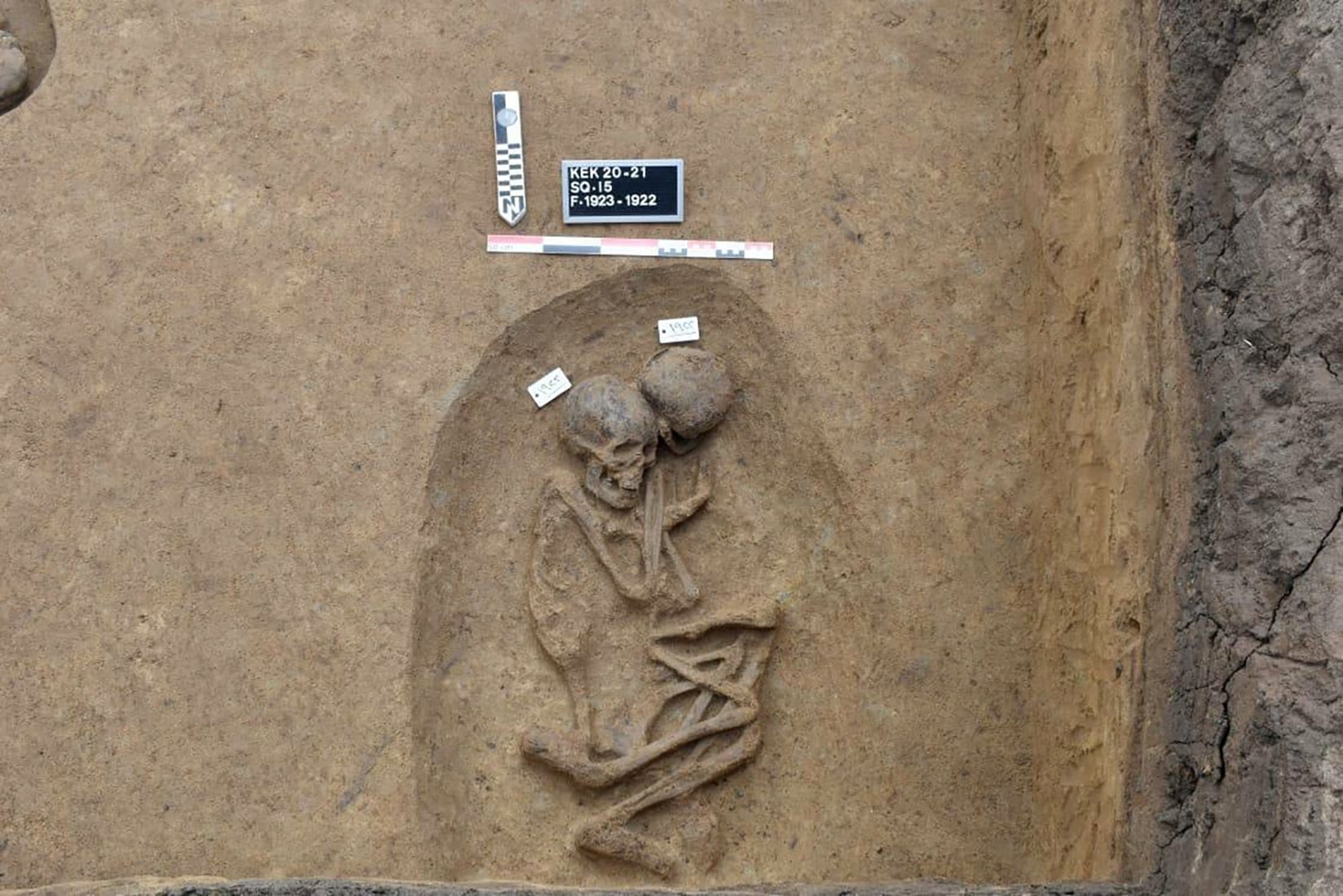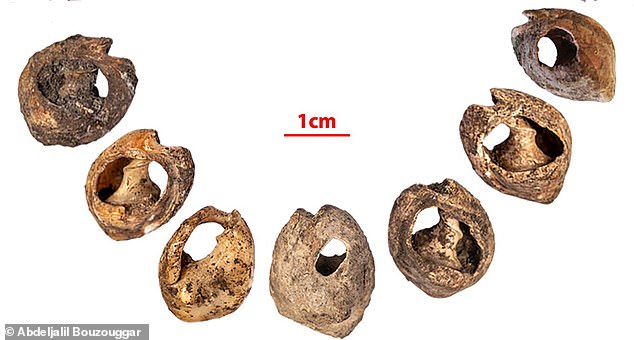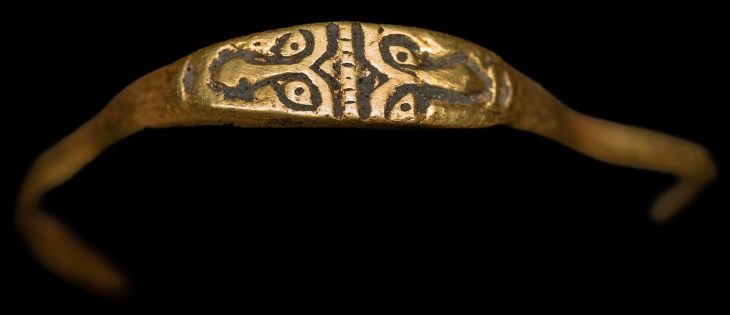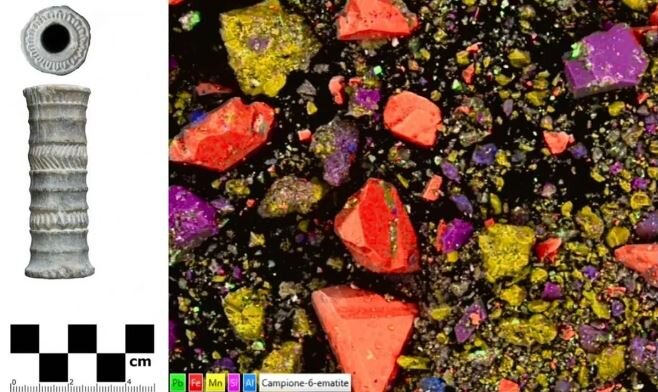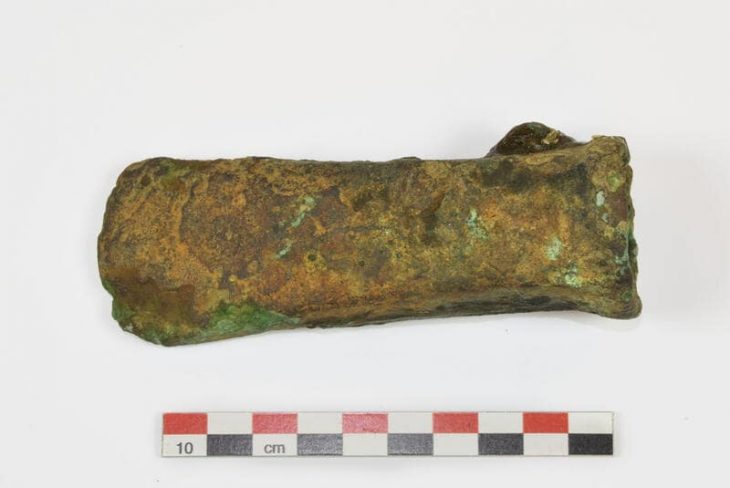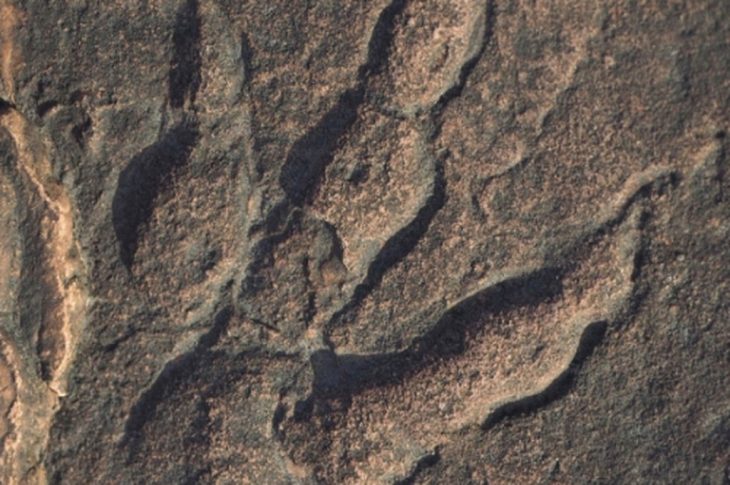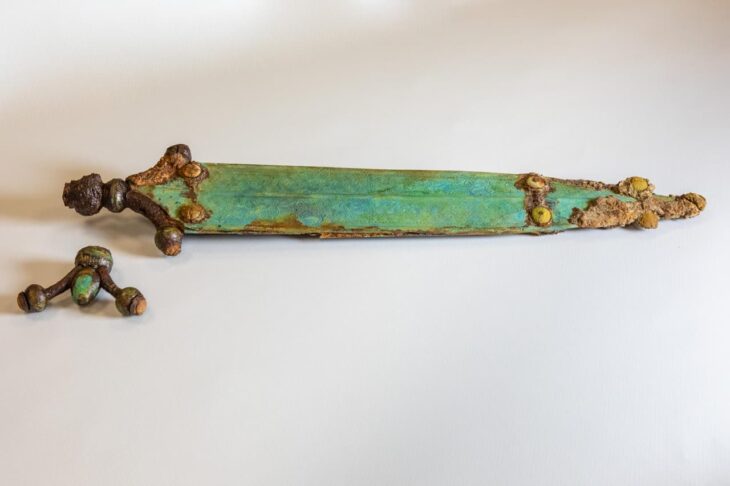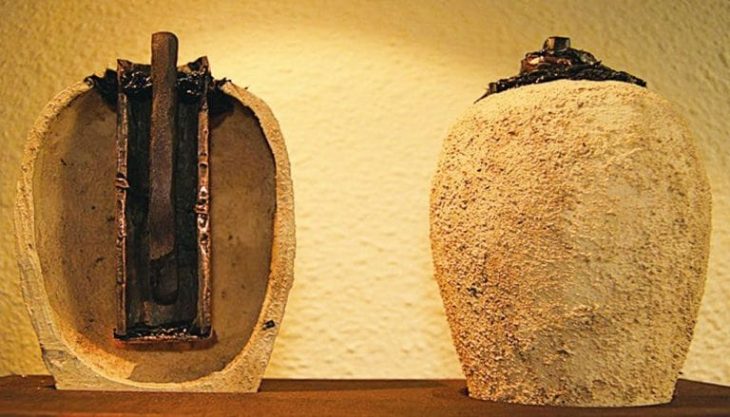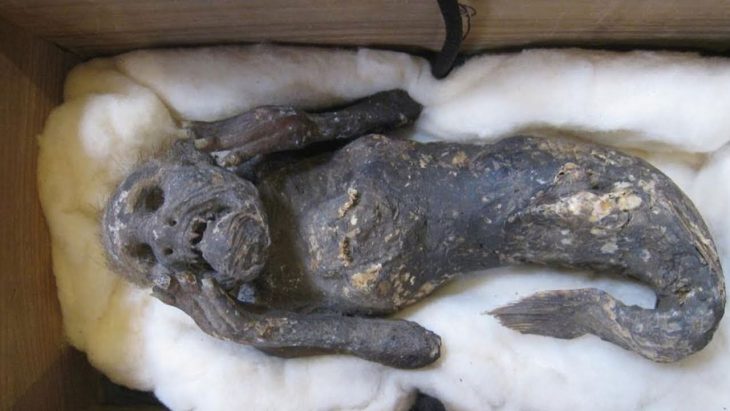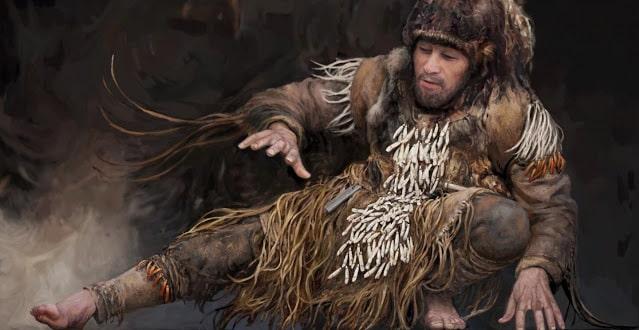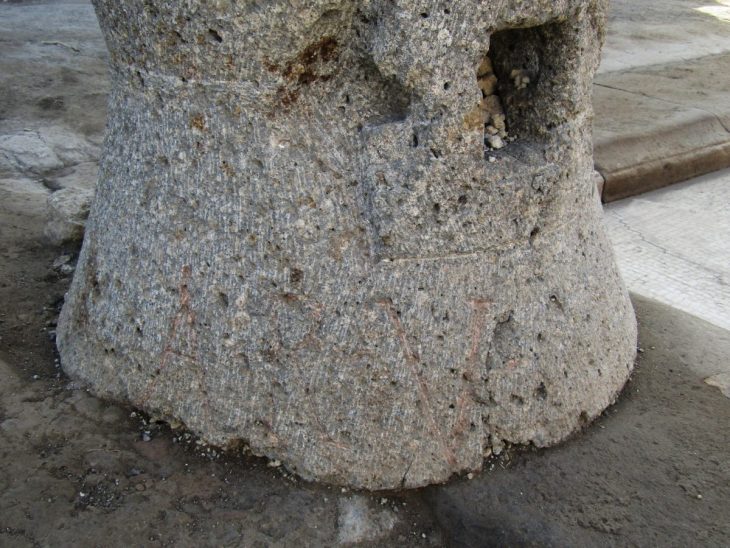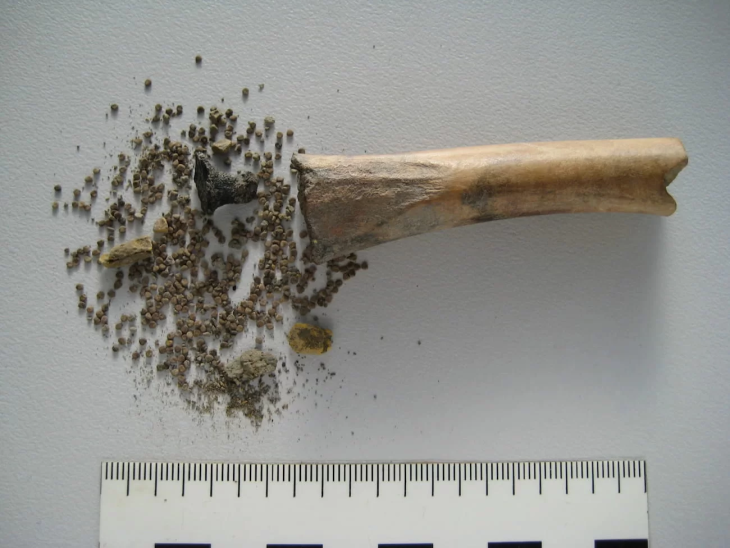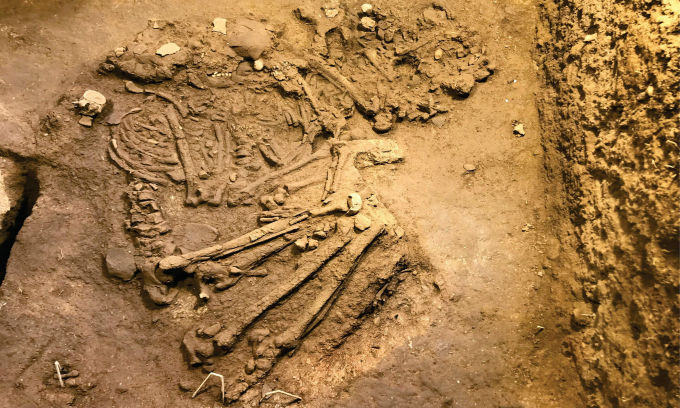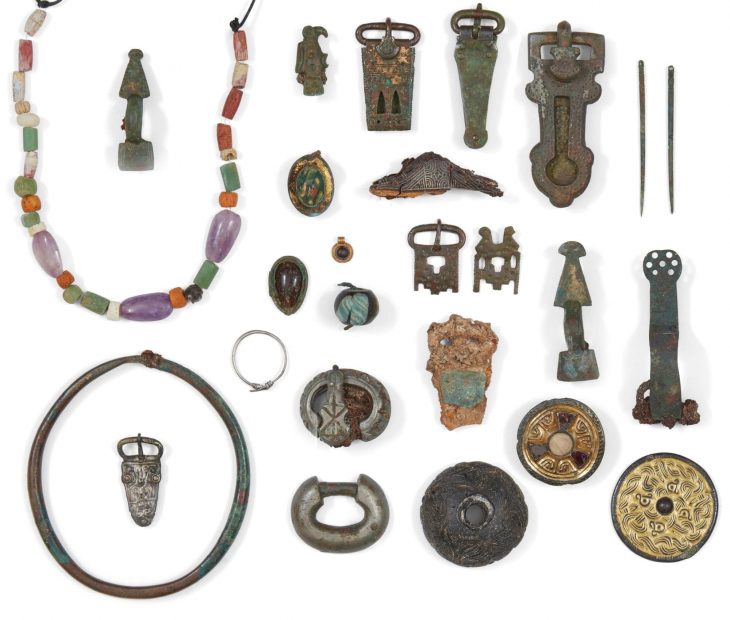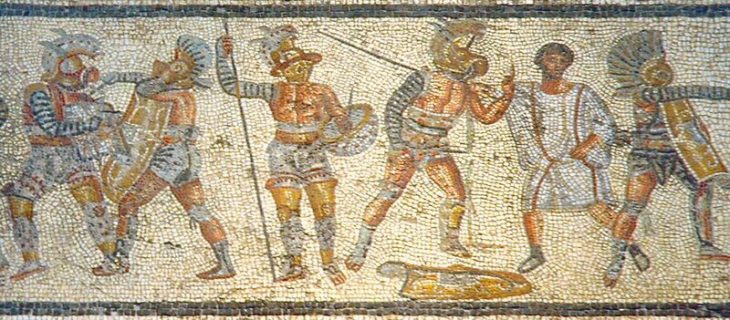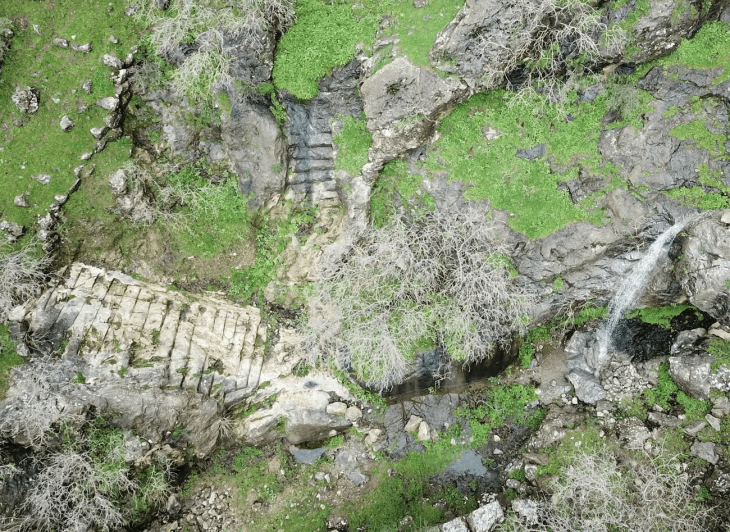The Tourism and Antiquities Ministry announced Tuesday that Egyptian archaeologists had discovered 110 burial tombs on the Nile Delta dating from before Egypt’s famous dynasties and Pharaonic kingdoms emerged more than 5,000 years ago.
They also discovered tombs from the later Hyksos period, between 1,650 B.C. and 1,500 B.C., when Western Asian migrants took over the country, effectively ending Egypt’s the Middle Kingdom.
Egyptologists believe the discoveries in the Dakahlia province north of Cairo could shed light on two significant transitional periods in ancient Egypt.
According to a statement from the Ministry of Tourism and Antiquities, the tombs include 68 oval-shaped tombs from the Buto era (6,000 B.C. to 3,300 B.C.) and five oval-shaped tombs from the Naqada III period (just before the emergence of Egypt’s first dynasty about 3,100 B.C.).
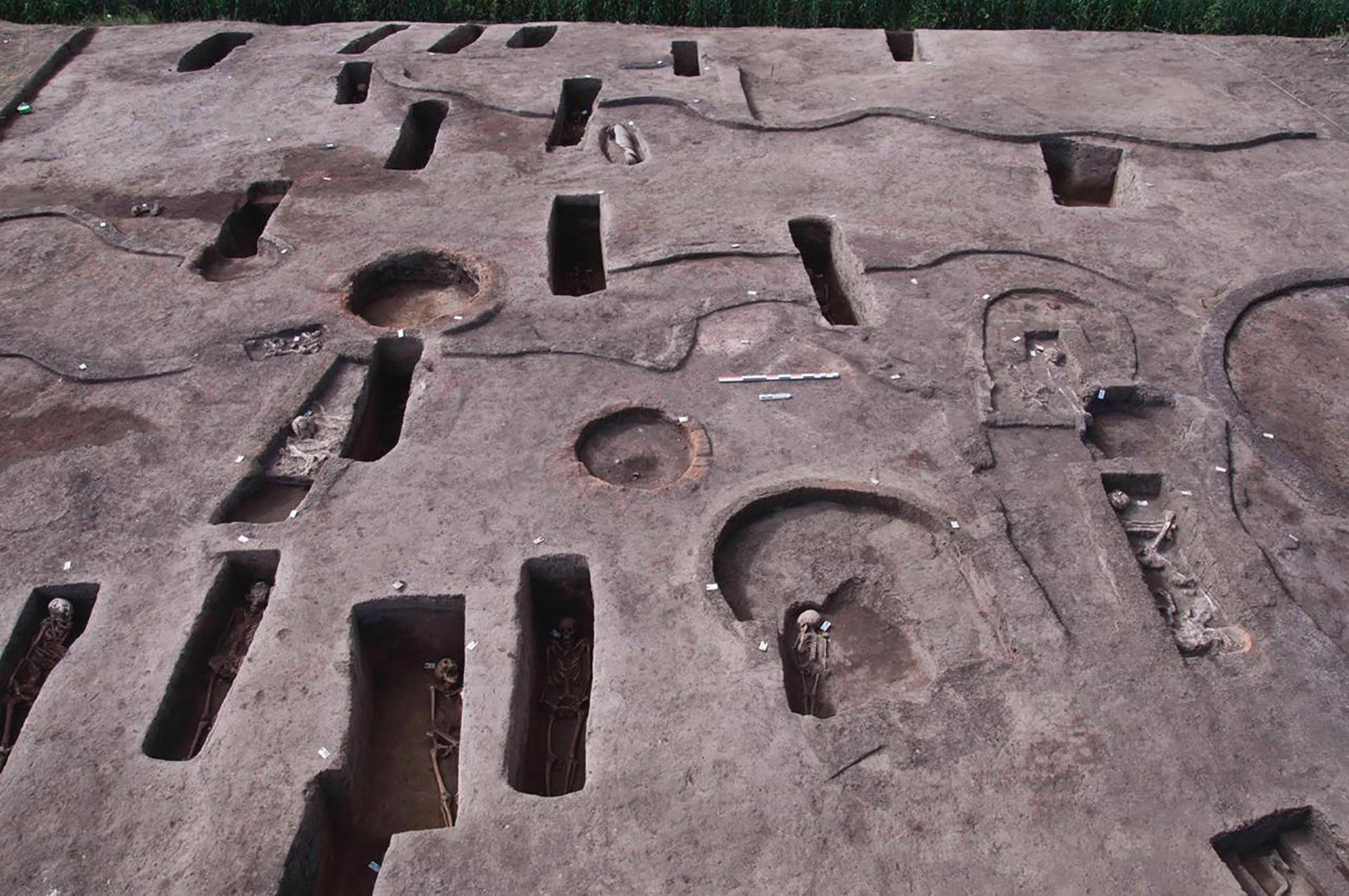
They also include 37 rectangular-shaped tombs from the Second Intermediate Period, around 1,800 B.C., when the Semitic people of Hyksos first began migrating across the Sinai into Egypt.
“This is an extremely interesting cemetery because it combines some of the earliest periods of Egyptian history with another important era, the time of the Hyksos,” said Salima Ikram, an Egyptologist at the American University in Cairo.
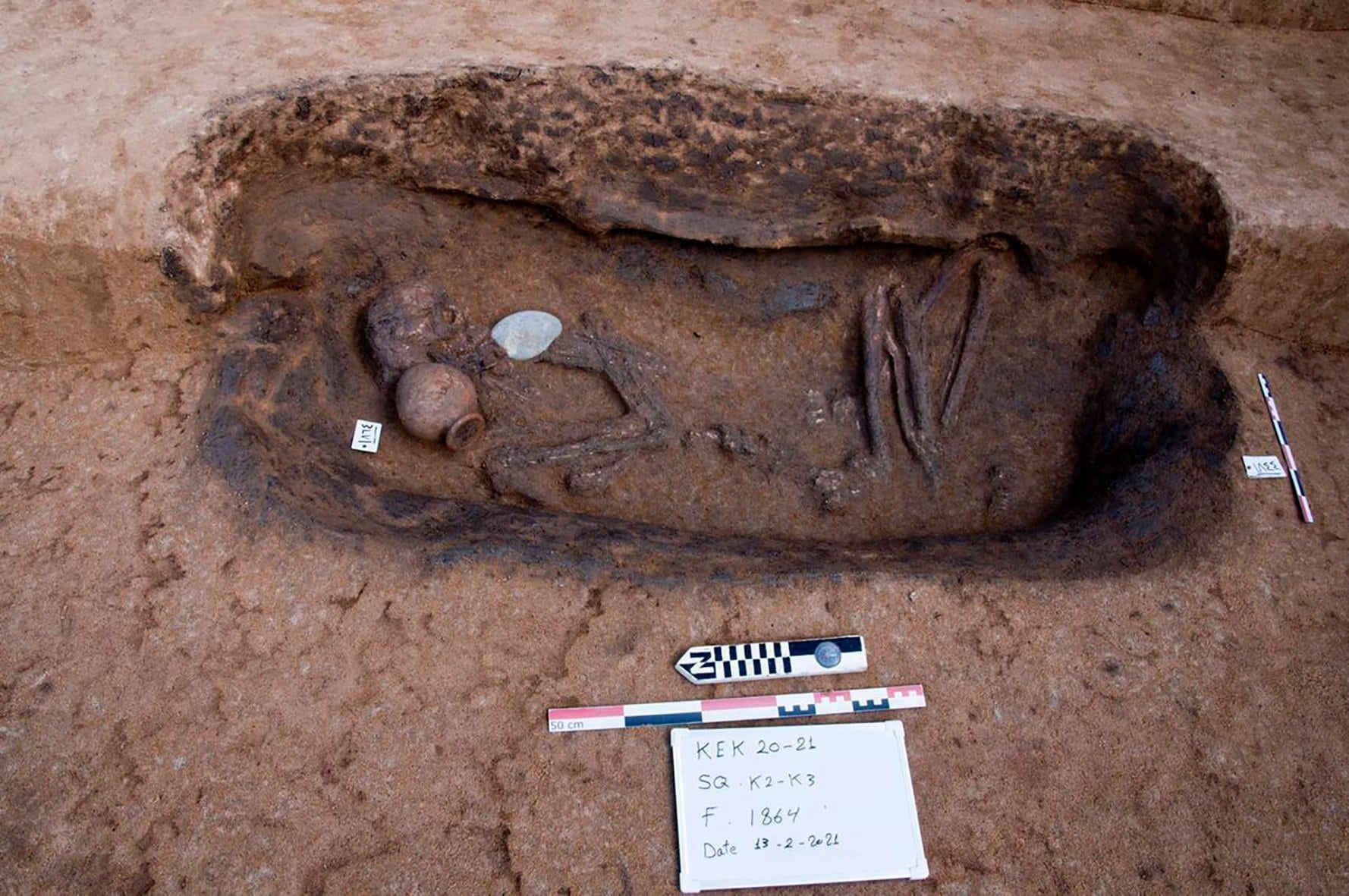
“Egyptologists are working to understand how the Egyptians and the Hyksos lived together and to what degree the former took on Egyptian traditions,” Ikram told Reuters.
The Buto tombs were oval-shaped pits with the corpses placed inside in a squatting position, mostly on their left sides with the head pointing west, the ministry statement said.
Some of the tombs from the Naqada period contained cylindrical and pear-shaped vessels. The Hyksos tombs were mainly semi-rectangular with the corpses lying in an extended position and the head also facing west.
“The mission also found a group of ovens, stoves, remnants of mud-brick foundations, pottery vessels, and amulets, especially scarabs, some of which were made of semi-precious stones and jewelry such as earrings,” the statement said.

